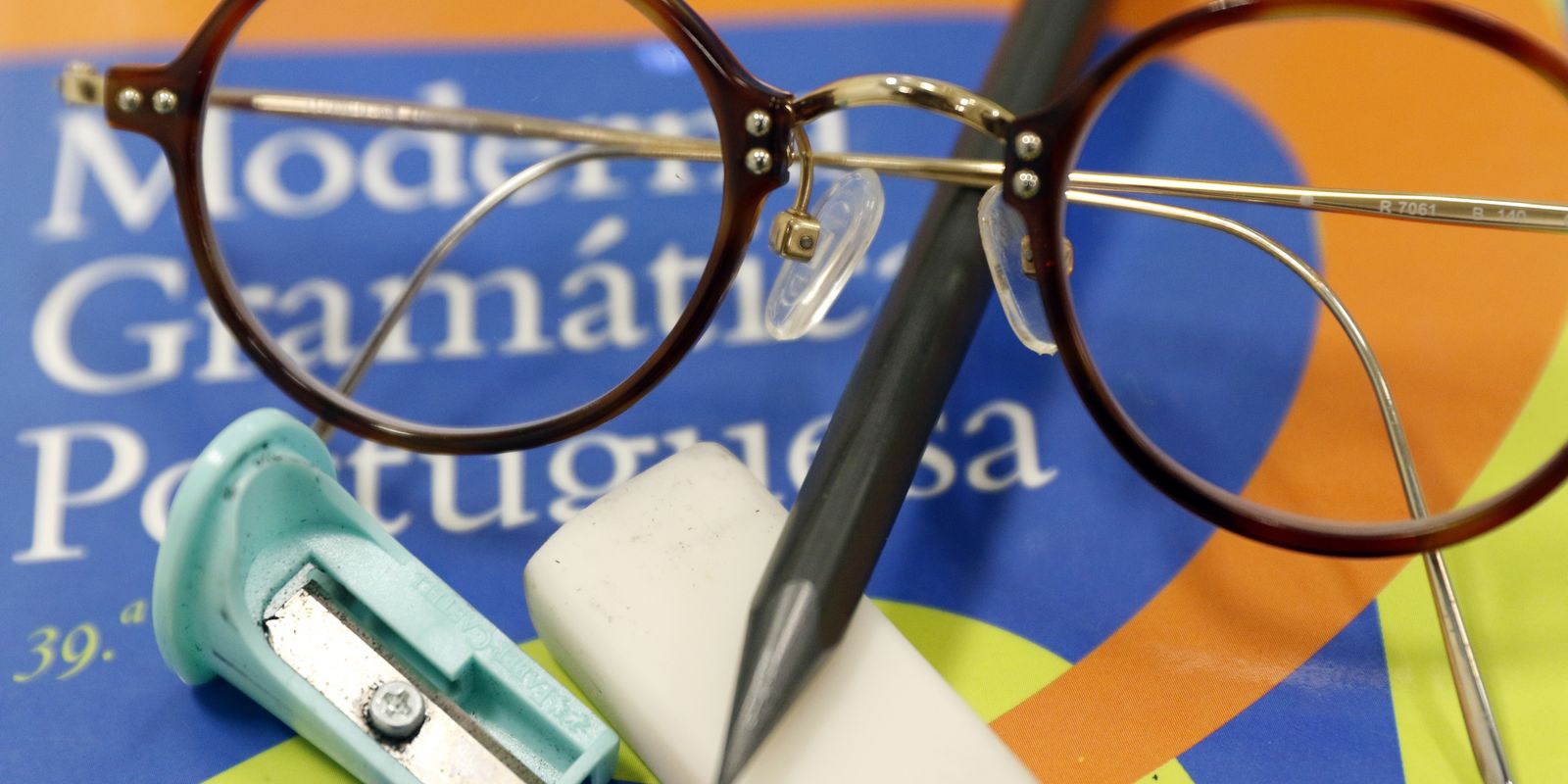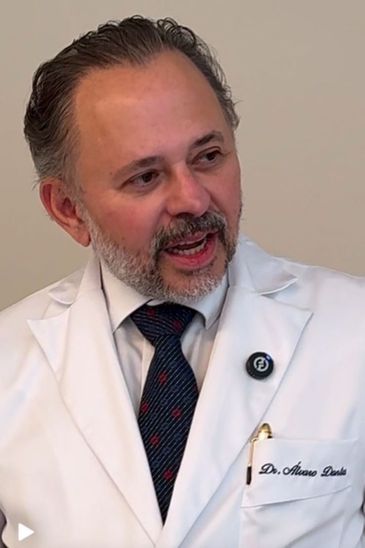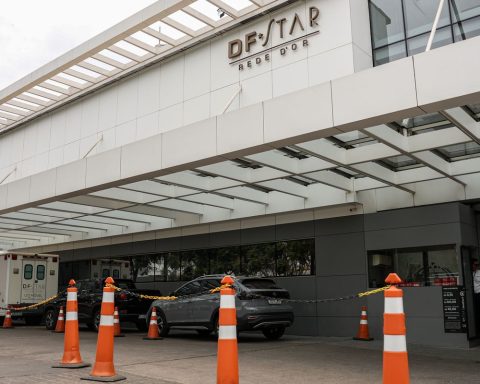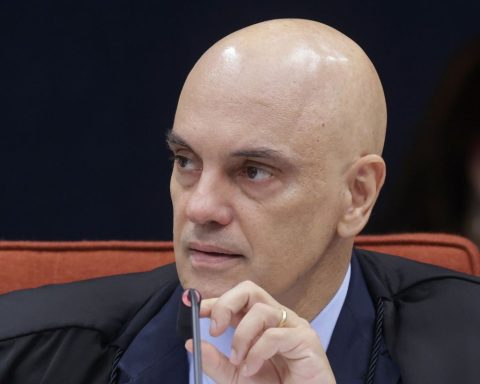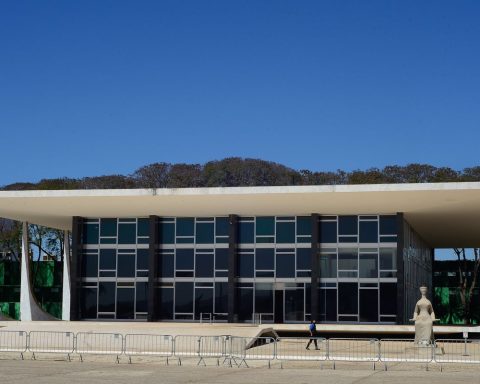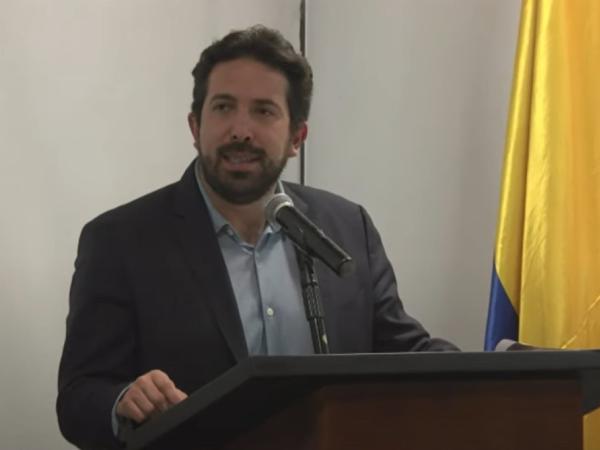With the return of classes in schools in much of the country, student health focuses on the beginning of the year. Data from the Brazilian Ophthalmology Council (CBO) reveal that about 20% of school -age children have vision problems. Among the most common visual changes in this age group are myopia, hyperopia and astigmatism.
In an interview with Brazil agencyOphthalmologist Álvaro Dantas warns that learning or disinterest problems in certain school activities can be signs of eye complications.
“Visual changes are quite common in childhood and can directly impact learning. If the child sees badly, he badly absorbs the knowledge that is past and this can bring important repercussions. ”
According to Dantas, strabismus, popularly known as deviated eye, also figures as a common picture in childhood and easier to perceive. “It is a very important warning sign because there may be a serious problem in one eye that needs immediate treatment to avoid another disease that we are always very attentive: amblyopia or lazy eye.”
“If the child has a deficiency in one eye and this is not detected in time, the lack of treatment makes that eye not develop its visual capacity and this only has a solution until 8 years of age. If not done at this time, this child can become an adult with an eternal deficiency in one eye. Because of diagnosis and treatment on time. ”
The ophthalmologist points out that vision plays a fundamental role in the learning process and that when the child has difficulty seeing, he may lose important information in the classroom, become unmotivated or even have a lack of concentration. “This can lead to a drop in school performance and, in some cases, be confused with some learning disorders or attention deficit.”
“These children can also be stigmatized and can be victims of bullying. It is something that can happen. All this caused by a visual impairment. Strabism and amblyopia can affect visual coordination and it can have a hard time in sports practices. Therefore, identifying and treating these problems early is essential to ensure full and unnecessary learning. ”
The doctor points out that often the child is unable to realize that he has a vision problem, as he has never seen things otherwise. “For her, that visual perception is normal.”
For this reason, he considers that parents and teachers be aware of the following signs:
– Get very close to books, notebooks and screens;
– difficulty seeing the frame or copying content correctly;
– Frequently complain of headache or eye tiredness;
– Excessive tearing or light sensitivity;
– disinterest in activities that require visual effort, such as reading and drawing;
– And tendency to blink excessively or rub the eyes frequently.
Note any of these signs, the guidance is to take the child as soon as possible to the ophthalmologist for an evaluation. The ideal, according to the doctor, is that every child undergoes a complete ophthalmic examination in the first year of life, when it is possible to diagnose congenital problems such as cataract, glaucoma and even retinoblastoma, cancer that hits the eye region.
“Late diagnosis can lead to loss of one eye and even death. It is a type of cancer that, depending on the diagnostic phase, can have high lethality. From school age, it is recommended to maintain annual follow -up or according to the ophthalmologist’s guidance, especially if there is any history of vision problems in the family. ”
In adolescence, according to Dantas, the routine of annual consultations can be maintained, but there is also the possibility of consultations every two years, depending on the eye health of the youth. “In cases of progressive myopia that is increasingly common nowadays – we are experiencing a myopia epidemic – this follow -up can be earlier to avoid various future problems.”
“Myopia, no doubt, is one of the problems that we are most concerned because it has a solution and has efficient treatment. You can only get a precise diagnosis going to the ophthalmologist. Progressive myopia can be controlled with adequate measures to avoid exaggerated increased degree. Today we have several guidelines, special glasses and some eye drops that can interfere with the evolution of myopia, ”he explained.
“Children who see well have better academic and social development. This avoids frustrations and difficulties in learning. Therefore, regular ophthalmic monitoring is an investment in health and future in children. It is thanks to good care at this stage of life that we will have adults seeing well and without serious problems. ”
